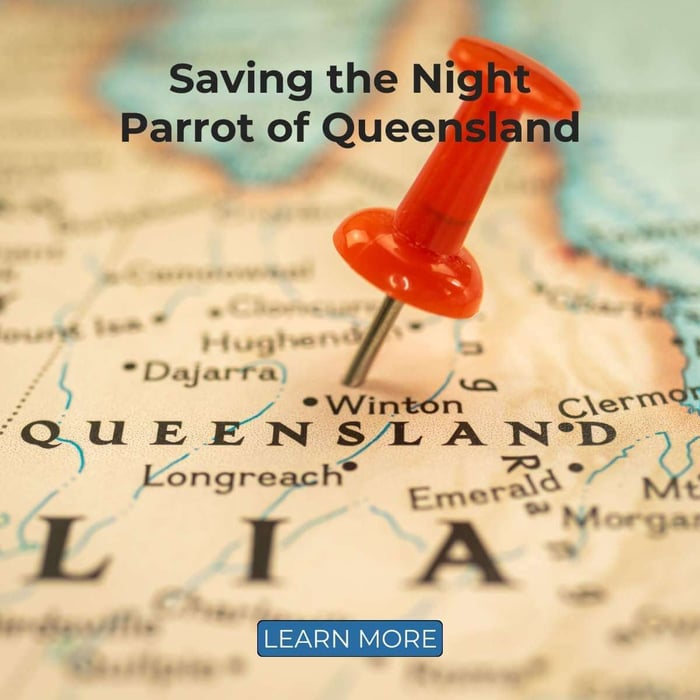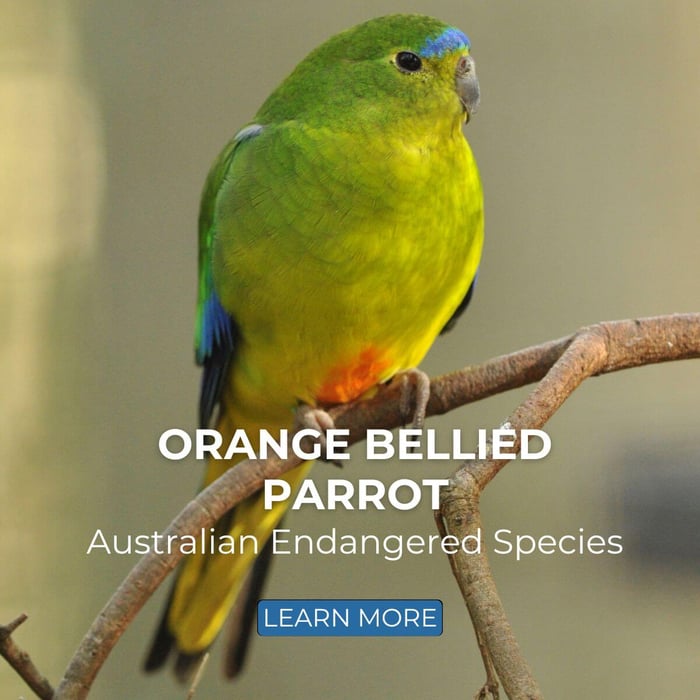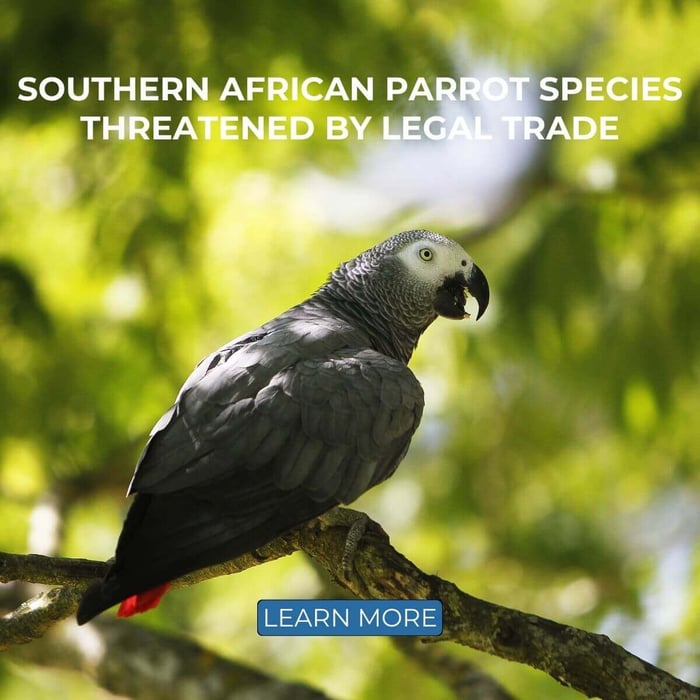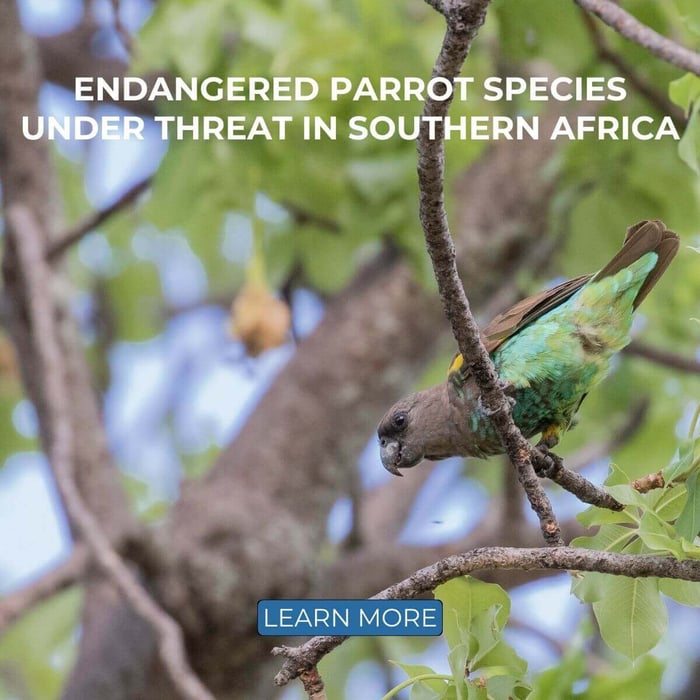Go Blue for Blue-Throated Macaw
The Blue-throated Macaw (Ara glaucogularis) is a strikingly beautiful parrot native to a small region of Bolivia. Known for its vibrant plumage and charismatic presence, this bird has captivated the hearts of ornithologists and bird enthusiasts alike. Despite its allure, the vibrant parrot faces significant threats, pushing it to the brink of extinction. This article delves into the various aspects of this remarkable species, from its natural history to the ongoing conservation efforts aimed at ensuring its survival.

Conservation of the Blue-throated Macaw
Conserving the Ara glaucogularis is an urgent priority due to its critically endangered status. With fewer than 300 individuals remaining in the wild, intensive efforts are needed to ensure the survival of this magnificent species. Conservation strategies involve habitat protection and restoration, addressing illegal trade, breeding programs, community involvement, and international cooperation.
Habitat Protection and Restoration
Habitat loss is one of the most significant threats to the Blue-throated Macaw. Agricultural expansion, cattle ranching, and logging have led to the destruction and fragmentation of the macaw’s natural habitat in the Llanos de Moxos. To combat this, several organizations have initiated habitat protection and restoration projects.
Designating and managing protected areas is crucial. These areas safeguard critical habitats from further destruction. In Bolivia, efforts have been made to create reserves specifically for the conservation of the Blue-throated Macaw. These reserves protect vital nesting and feeding sites.
Restoring degraded habitats involves replanting native vegetation, particularly the Motacú palm, which is essential for the macaw’s diet and nesting. By re-establishing these palm groves, conservationists aim to provide sustainable food sources and nesting opportunities for the macaws.
Encouraging local communities to adopt sustainable agricultural and land use practices can reduce the pressure on macaw habitats. Agroforestry, for instance, integrates trees and crops, promoting biodiversity and reducing the need for deforestation.
Addressing Illegal Trade
Illegal trade has historically contributed to the decline of the Blue-throated Macaw population. Despite international regulations, the demand for exotic pets continues to drive illegal capture. Addressing this issue requires a multifaceted approach:
- Strengthening Law Enforcement: Enhancing the enforcement of wildlife protection laws is crucial. This includes training local law enforcement officers, increasing patrols in critical habitats, and implementing stricter penalties for illegal capture and trade.
- Public Awareness Campaigns: Educating the public about the impact of the illegal pet trade on wild populations can reduce demand. Campaigns can emphasize the ethical and ecological reasons for not keeping wild-caught macaws as pets.
- Supporting Legal Frameworks: Supporting international agreements like the Convention on International Trade in Endangered Species of Wild Fauna and Flora (CITES) is vital. CITES regulates the trade of endangered species and can help curb illegal activities.
Breeding and Reintroduction Programs
Captive breeding and reintroduction programs play a significant role in increasing the population of Blue-throated Macaws. These programs involve carefully breeding macaws in captivity and releasing them into protected wild areas.
Zoos and conservation organizations worldwide participate in breeding programs. These programs aim to maintain genetic diversity and produce healthy individuals for eventual release. The use of artificial incubation and hand-rearing techniques has improved breeding success rates.
Reintroduction involves releasing captive-bred macaws into the wild. This process requires extensive preparation, including ensuring the availability of suitable habitats, monitoring released birds, and providing supplementary feeding during the initial stages of reintroduction.

The Role of Organizations
Several organisations are at the forefront of Blue-throated Macaw conservation.
- The Bird Endowment: This non-profit organisation focuses on the conservation of neotropical parrots, with a special emphasis on the Blue-throated Macaw. Their initiatives include habitat restoration, nest box programs, and community engagement.
- Asociación Armonía: This Bolivian conservation organisation works to protect critical habitats and implement conservation actions for the Macaw. Their efforts include the establishment of protected areas and the promotion of sustainable land use practices.
- World Parrot Trust: This global organisation supports parrot conservation through research, habitat protection, and education. They provide funding and expertise to local conservation projects aimed at protecting the Blue-throated Macaw.
How You Can Help
Conserving the Blue-throated Macaw is a collective effort that requires support from individuals worldwide. Here are some ways you can contribute:
- Donate to Conservation Organizations: Financial support is crucial for implementing conservation projects. Donations can directly fund habitat restoration, captive breeding programs, and community engagement initiatives.
- Raise Awareness: Sharing information about the Blue-throated Macaw and its plight can help generate support for conservation efforts. Social media, blogs, and public talks are effective platforms for raising awareness.
- Participate in Campaigns: Join campaigns like dyeing your hair blue to spark conversations about the Blue-throated Macaw. Such initiatives can attract attention and encourage others to learn about and support conservation efforts.
- Support Sustainable Products: Choose products that are sustainably sourced and do not contribute to deforestation or habitat destruction. Supporting eco-friendly businesses can reduce the pressure on natural habitats.
- Volunteer: Volunteering with conservation organisations can provide hands-on experience and contribute to ongoing efforts. Whether it's habitat restoration, research, or education, volunteers play a vital role in conservation.
Blue for Blue-Throated Macaw Challenge
"Yes, I dyed my hair blue and challenge you to do the same. You don’t need to dye a lot, and it can be temporary or semi-permanent (I recommend Ion Sky Blue). This semi-permanent colour comes out very bright if you lighten the section you want to dye first."Barbara started the challenge on her website.
The idea was that by dyeing your hair blue, you have a nice conversation starter. Tell people you dyed your hair to raise awareness for the plight of this vibrant bird. There are less than 300 left in the wild in Bolivia.
If you choose not to dye your hair, that is OK. Just make a donation to The Bird Endowment, a non-profit that is working hard to save Blue-throated Macaws in the wild. You can make a donation at www.BirdEndowment.org.
Conclusion
The conservation of the Macaw is a complex but achievable goal. Through habitat protection, addressing illegal trade, breeding programs, community involvement, and international cooperation, significant strides can be made to ensure the survival of this remarkable species. By supporting these efforts, whether through donations, raising awareness, or participating in campaigns, we can all contribute to the conservation of this beautiful bird and help secure a future for these magnificent birds.
Join the campaign, dye your hair blue, and spread the word about the Blue-throated Macaw. Together, we can make a difference and help save this critically endangered species from extinction.




